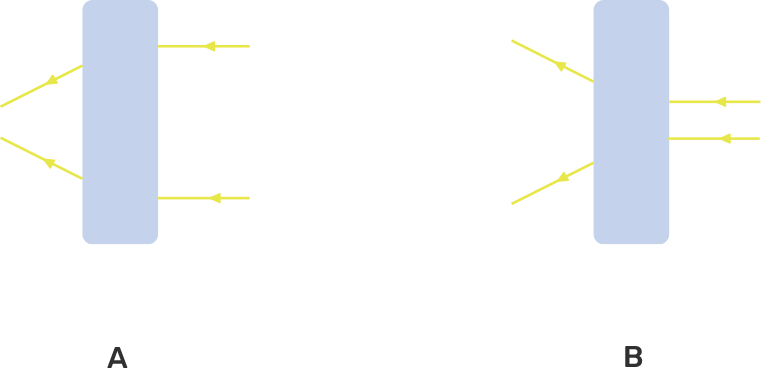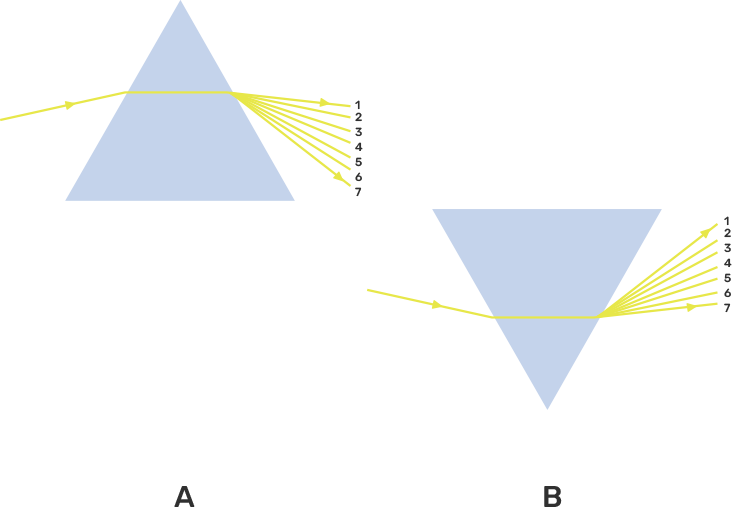Class 7 Science NCERT Exemplar Solutions Chapter 15 Light
FAQs on NCERT Exemplar for Class 7 Science Solutions Chapter 15 Light
1. What are the most important topics covered in Class 7 Science Chapter 15 Light?
This chapter teaches the students about the various concepts of light and how it undergoes different changes under different conditions. The major topics from this chapter, named LIGHT, are listed down here:
The Path of Light
Definition of Reflection and laws on Reflection
Images
Visibility Range
Different Types of mirrors - plane mirrors, spherical mirrors, concave mirrors, and convex mirrors
Lateral Inversion
Formation of the images through spherical mirrors
Various types of Lenses
Refraction
Images formed via lenses
Dispersion of light via the prism
The student can prepare these topics via the NCERT exemplar solutions provided on Vedantu.
2. What are the Different Types of Spherical Mirrors and their uses?
There are only two types of spherical mirrors in existence. These two types of mirrors are -
Concave Mirrors - Spherical mirrors, which are curved inwards like a spoon are called Concave mirrors. Concave mirrors Enlarge the forming images and are commonly used by dentists, and also used as shaving mirrors.
Convex Mirrors - These spherical mirrors bulge out and make the reflected image smaller. Convex mirrors are typically used as rear view mirrors in vehicles and also as security mirrors.
3. What is the Dispersion of Light?
Splitting of the white light, such as Sunlight, into its seven components colours (VIBGYOR) of light, after passing through a transparent medium is called dispersion of light. In 1665, Newton, while conducting his experiments with a prism, found out that the visible white light is a combination of seven Lights of different colours. These seven colours are Violet, Indigo, Blue, Green, Yellow, Orange, and Red (Termed as VIBGYOR). We can also mix these 7 component colours to get the form of the white light again.
4. What is the difference between Real and Virtual Images?
Real images are those images that can be obtained on a screen but it is impossible to obtain a virtual image on any screen. Virtual images appear as they are formed on the other side of mirrors. In the typical plane mirrors present in our houses, one can see that the image appears to be formed on the other side of the mirror. A real image can be projected on other surfaces or screens, one example of it will be the image formed on a cinema screen by the projector.
5. What is the difference between images formed by different kinds of Mirrors?
There are three types of mirrors, which are different types of images. The properties of images formed by different images are listed below.
Plane Mirrors: The images formed are virtual, erect, and laterally inverted. The images formed are of the same size as the objects.
Concave Mirrors: Both virtual and real can be formed by Concave mirrors, it depends on the distance at which the object is placed. If the object is very close to the mirror, then a virtual and magnified image is formed. And Vice-versa, if the object is away from the mirror.
Convex mirror: Convex mirrors always form virtual and erect images. But unlike a Plane mirror, the size of the image formed is reduced significantly.


















